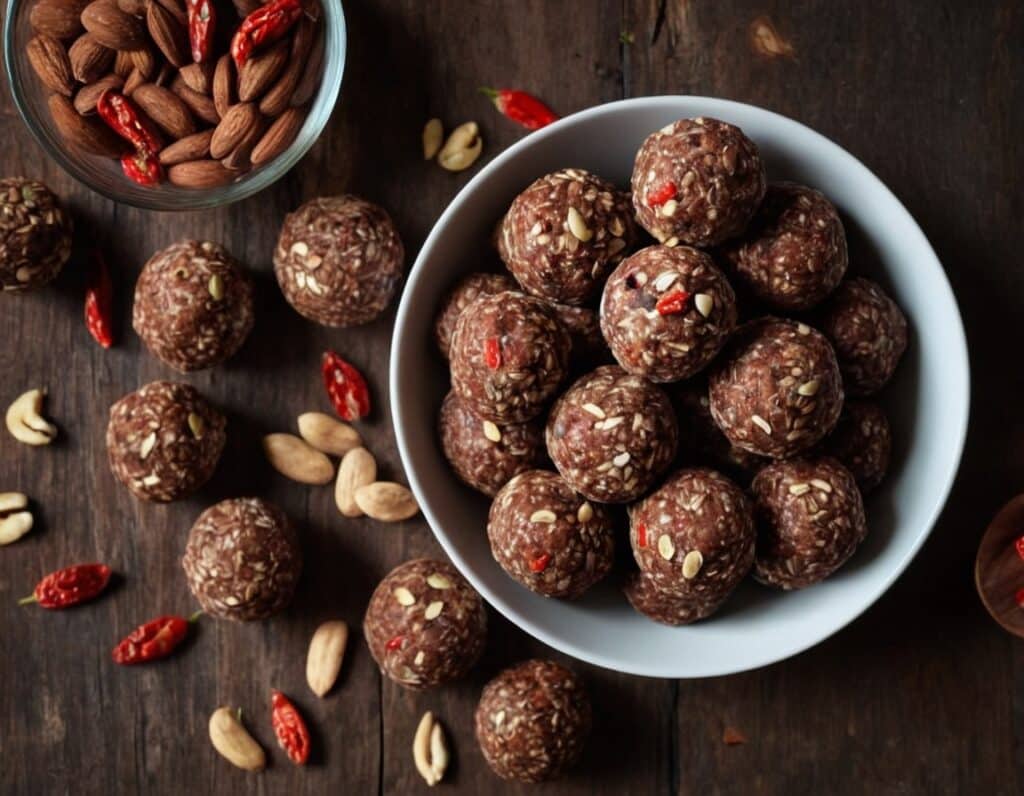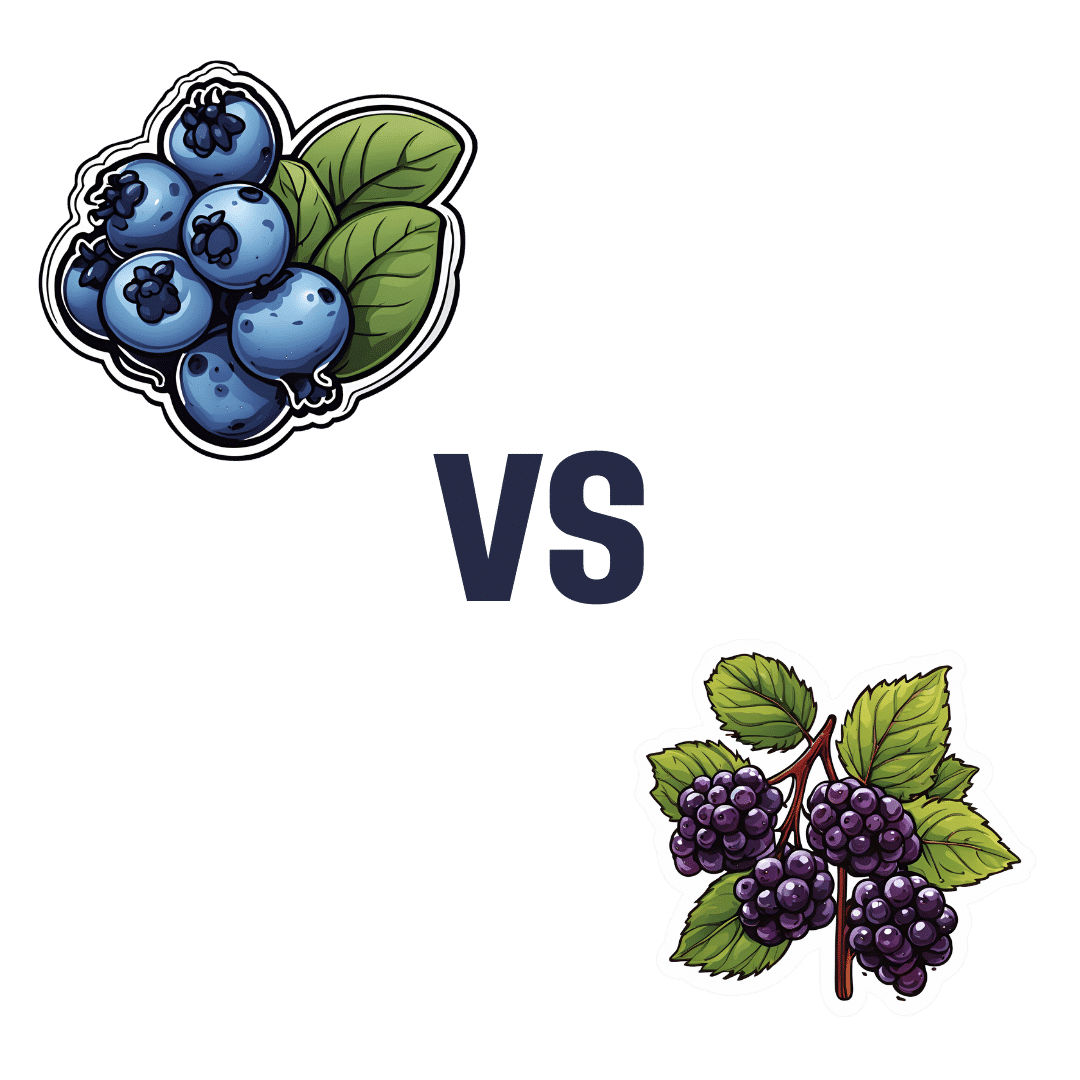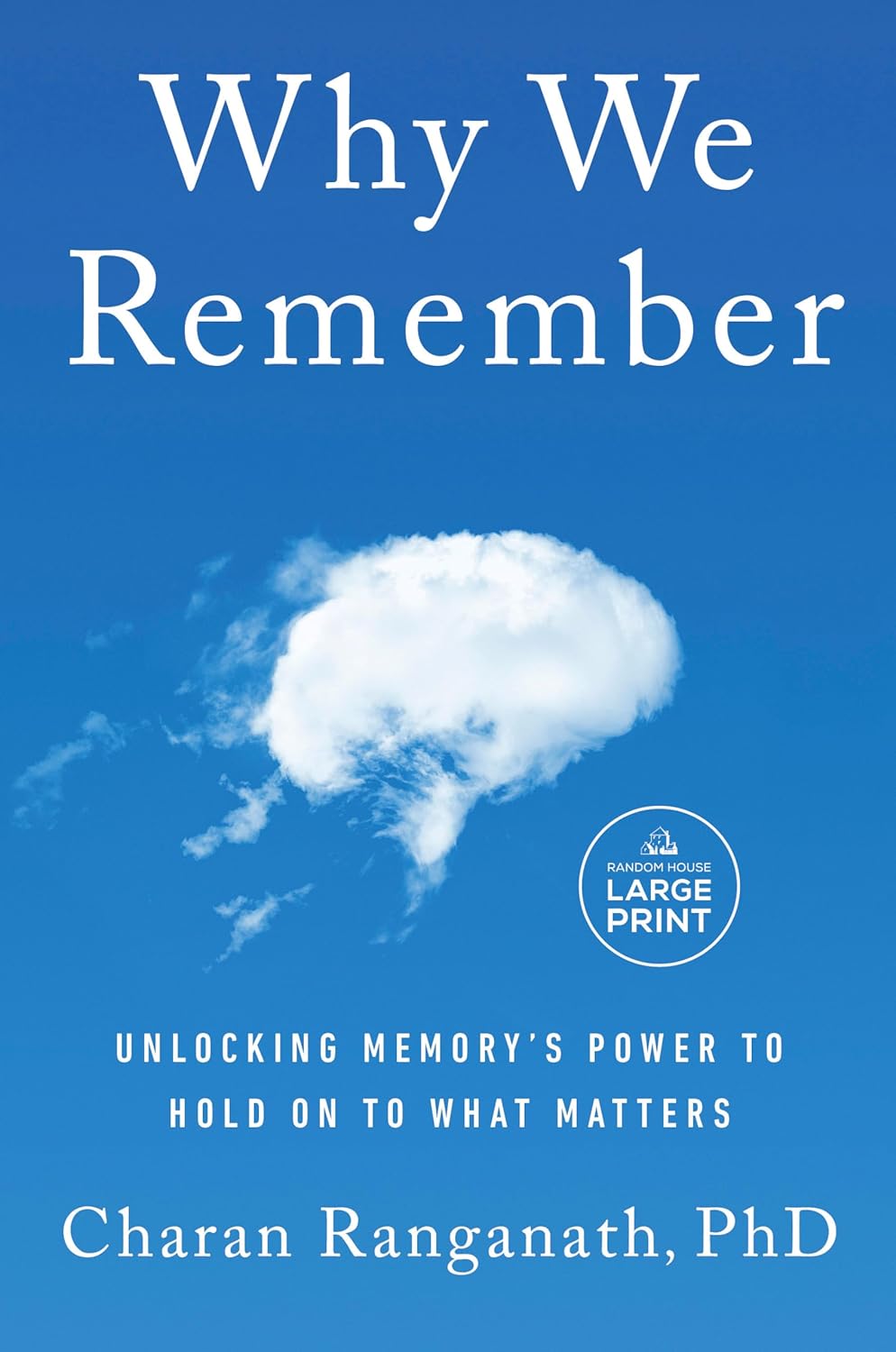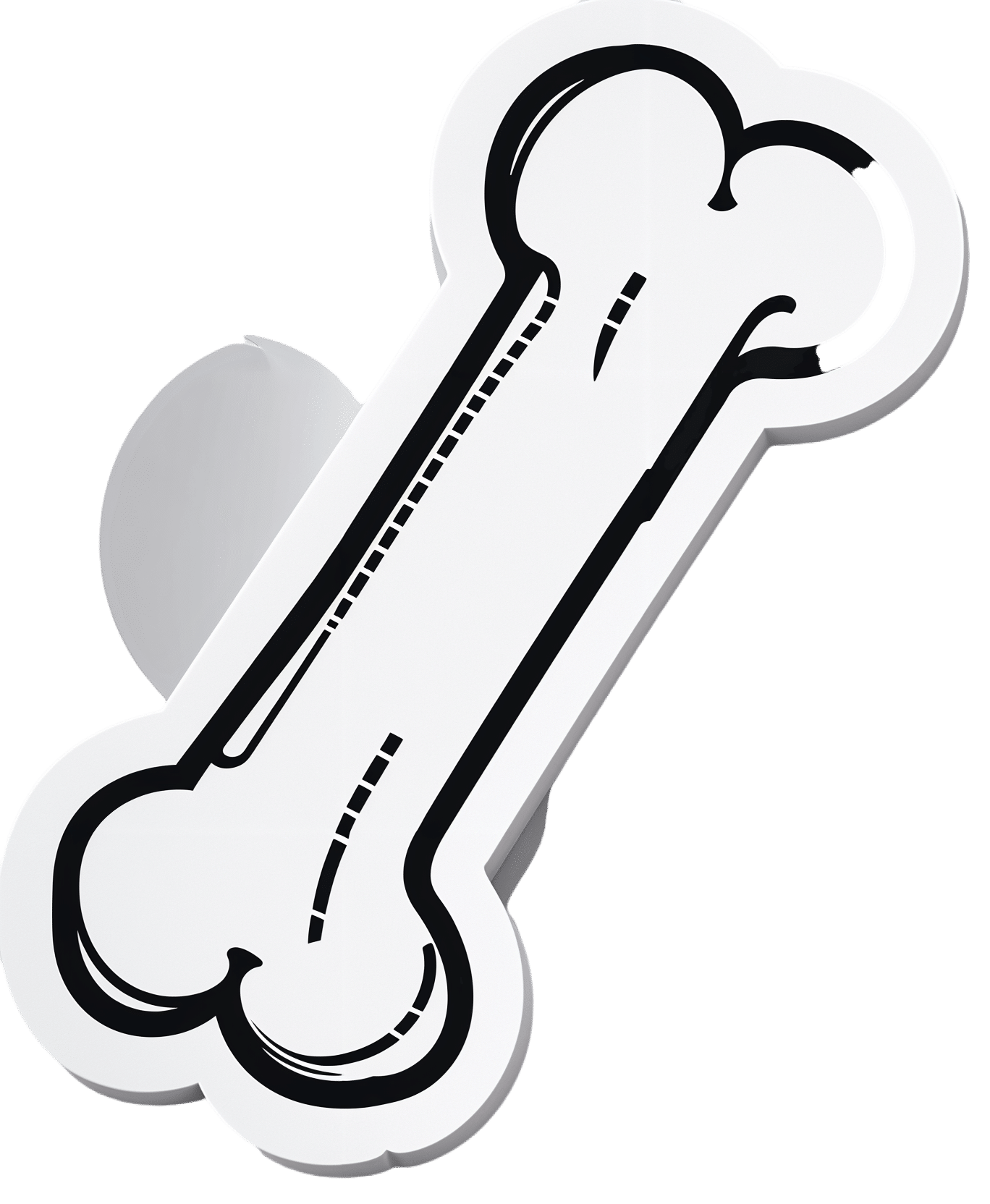
Superfood Energy Balls
10almonds is reader-supported. We may, at no cost to you, receive a portion of sales if you purchase a product through a link in this article.
They are healthy, they are tasty, they are convenient! Make some of these and when you need an energizing treat at silly o’clock when you don’t have time to prepare something, here they are, full of antioxidants, vitamins and minerals, good for blood sugars too, and ready to go:
You will need
- 1 cup pitted dates
- 1 cup raw mixed nuts
- ¼ cup goji berries
- 1 tbsp cocoa powder
- 1 tsp chili flakes
Naturally, you can adjust the spice level if you like! But this is a good starter recipe.
Method
(we suggest you read everything at least once before doing anything)
1) Blend all the ingredients in a good processor to make a dough
2) Roll the dough into 1″ balls; you should have enough dough for about 16 balls. If you want them to be pretty, you can roll them in some spare dry ingredients (e.g. chopped nuts, goji berries, chili flakes, seeds of some kind, whatever you have in your kitchen that fits the bill).
3) Refrigerate for at least 1–2 hours, and serve! They can also be kept in the fridge for at least a good while—couldn’t tell you how long for sure though, because honestly, they’ve never stayed that long in the fridge without being eaten.

Enjoy!
Want to learn more?
For those interested in some of the science of what we have going on today:
- Dates vs Figs – Which is Healthier?
- Why You Should Diversify Your Nuts!
- Goji Berries: Which Benefits Do They Really Have?
- The Sugary Food That Lowers Blood Sugars
- Enjoy Bitter Foods For Your Heart & Brain
- Capsaicin’s Hot Benefits
Take care!
Don’t Forget…
Did you arrive here from our newsletter? Don’t forget to return to the email to continue learning!
Recommended
Learn to Age Gracefully
Join the 98k+ American women taking control of their health & aging with our 100% free (and fun!) daily emails:
-
Blueberries vs Elderberries – Which is Healthier?
10almonds is reader-supported. We may, at no cost to you, receive a portion of sales if you purchase a product through a link in this article.
Our Verdict
When comparing blueberries to elderberries, we picked the elderberries.
Why?
Both are certainly top-tier fruits! But…
In terms of macros, elderberries have more than 2x the fiber, while the two berries are approximately equal on other macros. An easy win for elderberries in this category.
In the category of vitamins, blueberries have more of vitamins E, K, and choline, while elderberries have more of vitamins A, B1, B2, B3, B5, B6, B7, B9, and C, scoring another win for elderberries here.
When it comes to minerals, blueberries have more magnesium, manganese, and zinc, while elderberries have more calcium, copper, iron, phosphorus, potassium, and selenium—one more win for elderberries.
In terms of phytochemicals, both berries are (like most berries) an abundant source of polyphenols, but elderberries have more, including more quercetin, too.
Adding up the sections makes for a convincing win for elderberries, but by all means enjoy either or both; diversity is good!
Want to learn more?
You might like:
Herbs For Evidence-Based Health & Healing ← elderberry significantly hastens recovery from upper respiratory viral infections 😎
Enjoy!
Share This Post
-
Why We Remember – by Dr. Charan Ranganath
10almonds is reader-supported. We may, at no cost to you, receive a portion of sales if you purchase a product through a link in this article.
As we get older, forgetfulness can become more of a spectre; the threat that one day it could be less “where did I put my sunglasses?” and more “who is this person claiming to be my spouse?”.
Dr. Ranganath explores in this work the science of memory, from a position of neurobiology, but also in application. How and why we remember, and how and why we forget, and how and why both are important.
There is a practical element to the book too; we read about things that increase our tendency to remember (and things that increase our tendency to forget), and how we can leverage that information to curate our memory in an active, ongoing basis.
The style of the book is quite casual in tone for such a serious topic, but there’s plenty of hard science too; indeed there are 74 pages of bibliography cited.
Bottom line: while filled with a lot of science, this is also a very human book, and a helpful guide to building and preserving our memory.
Click here to check out “Why We Remember”, and learn how to hold on to what matters the most!
Share This Post
-
How community health screenings get more people of color vaccinated
10almonds is reader-supported. We may, at no cost to you, receive a portion of sales if you purchase a product through a link in this article.
U.S. preventive health screening rates dropped drastically at the height of the COVID-19 pandemic. They have yet to go back to pre-pandemic levels, especially for Black and Latine communities.
Screenings, or routine medical checkups, are important ways to avoid and treat disease. They’re key to finding problems early on and can even help save people’s lives.
Community health workers say screenings are also a key to getting more people vaccinated. Screening fairs provide health workers the chance to build rapport and trust with the communities they serve, while giving their clients the chance to ask questions and get personalized recommendations according to their age, gender, and family history.
But systemic barriers to health care can often keep people from marginalized communities from accessing recommended screenings, exacerbating racial health disparities.
Public Good News spoke with Dr. Marie-Jose Francois, president and chief executive officer, and April Johnson, outreach coordinator, at the Center for Multicultural Wellness and Prevention (CMWP), in Central Florida, to learn how they promote the benefits of screening and leverage screenings for vaccination outreach among their diverse communities.
Here’s what they said.
[Editor’s note: This content has been edited for clarity and length.]
PGN: What is CMWP’s mission? How does vaccine outreach fit into the work you do in the communities you serve?
Dr. Marie-Jose Francois: Since 1995, our mission has been to enhance the health, wellness, and quality of life for diverse populations in Central Florida. At the beginning, our main focus was education, wellness, and screening for HIV/AIDS, and we continue to do case management for HIV screening and testing.
When the issue of COVID-19 came into the picture, we included COVID-19 information and education and stressed the importance of screening and receiving vaccinations during all of our outreach activities.
We try to meet the community where they are. Because there is so much misconception—and taboo—in regard to immunization.
April Johnson: So our job is to disperse accurate information. And how we do that is we go into rural communities. We build partnerships with local apartment complexes, hair salons, nail salons, laundromats, and provide a little community engagement, where people just hang out in different areas.
We build gatekeepers in those communities because you first have to get in there. You have to know that they trust you. Being in this field for about 30 years, I’ve [learned that] flexibility is key. Because sometimes you can’t get them from 9 to 5, or [from] Monday through Friday. So, you have to be very flexible in doing the outreach portion in order to get what you need.
I’ve built collaborations with senior citizen centers, community centers, schools, clinics, churches in Orlando and [in] different areas in Orange, Osceola, Seminole, and Lake counties. And we also partner with other community-based organizations to try to make it like a one-stop shop. So, partnership is a big thing.
PGN: How do you promote the importance of preventive screenings in the communities you serve?
M.F.: We try to make them view their health in a more comprehensive way, for them to understand the importance of screening. [That] self care is key, and for them to not be afraid.
We empower them to know what to ask when they go to the doctor. We ask them, ‘Do you know your status? Do you know your numbers?’
For example, if you go to the doctor, do you know your blood pressure? If you’re diabetic? Do you know your hemoglobin (A1C)? Do you know your cholesterol levels?
And now, [we also ask them]: ‘Have you received your flu shot for the year? Have you received all of your vaccine doses for COVID-19?’ We are even adding the mpox vaccine now, based on risk factors.
[We recommend they] ask their provider. For women, [we ask], ‘When do you need to have your mammogram?’ For the men, ‘You need to ask about your PSA and also about when and when to have your colonoscopy based on your age.’
We also try to explain to the community that the more they know their family history, the more they can engage in their own health. Because sometimes you have mom and dad who have a history of cancer. They have a history of diabetes or blood pressure—and they don’t talk to their children. So, we try to [recommend they] talk to their children. Your own family needs to know what’s going on so they can be proactive in their screenings.
PGN: What strategies or methods have you found most effective in getting people screened?
M.F.: Not everybody wants to be screened, not everybody wants to receive vaccines.
But with patience, just give them the facts. It goes right back to education, people have to be assured.
When you talk to them about COVID, or even HIV, you may hear them say, ‘Oh, I don’t see myself at risk for HIV.’ But we have to repeat to them that the more they get screened to make sure they’re OK, the better it is for them. ‘The more you use condoms, [the] safer it is for you.’
In Haitian culture, they listen to the radio. So we use the radio as a tool to educate and deliver information [to] get vaccinated, wash your hands. ‘If you’re coughing, cover your mouth. If you have a fever, wear your masks. Call your doctor.’
In our target population, we have people who have chronic conditions. We have people with HIV. So, we have to motivate them to receive the flu vaccine, to receive the COVID vaccine, to receive that RSV [vaccine], or to get the mpox vaccine. We have people with diabetes, high blood pressure, high cholesterol, depressed immune systems. We have people with lupus, we have people with sickle cell disease.
So, this is a way to [ensure that] whomever you’re talking to one-on-one understands the value of being safe.
This article first appeared on Public Good News and is republished here under a Creative Commons license.
Share This Post
Related Posts
-
Do You Believe In Magic? – by Dr. Paul Offit
10almonds is reader-supported. We may, at no cost to you, receive a portion of sales if you purchase a product through a link in this article.
Here at 10almonds, we like to examine and present the science wherever it leads, so this book was an interesting read.
Dr. Offit, himself a much-decorated vaccine research scientist, and longtime enemy of the anti-vax crowd, takes aim at alternative therapies in general, looking at what does work (and how), and what doesn’t (and what harm it can cause).
The style of the book is largely polemic in tone, but there’s lots of well-qualified information and stats in here too. And certainly, if there are alternative therapies you’ve left unquestioned, this book will probably prompt questions, at the very least.
And science, of course, is about asking questions, and shouldn’t be afraid of such! Open-minded skepticism is a key starting point, while being unafraid to actually reach a conclusion of “this is probably [not] so”, when and if that’s where the evidence brings us. Then, question again when and if new evidence comes along.
To that end, Dr. Offit does an enthusiastic job of looking for answers, and presenting what he finds.
If the book has downsides, they are primarily twofold:
- He is a little quick to dismiss the benefits of a good healthy diet, supplemented or otherwise.
- His keenness here seems to step from a desire to ensure people don’t skip life-saving medical treatments in the hope that their diet will cure their cancer (or liver disease, or be it what it may), but in doing so, he throws out a lot of actually good science.
- He—strangely—lumps menopausal HRT in with alternative therapies, and does the exact same kind of anti-science scaremongering that he rails against in the rest of the book.
- In his defence, this book was published ten years ago, and he may have been influenced by a stack of headlines at the time, and a popular celebrity endorsement of HRT, which likely put him off it.
Bottom line: there’s something here to annoy everyone—which makes for stimulating reading.
Click here to check out Do You Believe In Magic, and expand your knowledge!
Don’t Forget…
Did you arrive here from our newsletter? Don’t forget to return to the email to continue learning!
Learn to Age Gracefully
Join the 98k+ American women taking control of their health & aging with our 100% free (and fun!) daily emails:
- He is a little quick to dismiss the benefits of a good healthy diet, supplemented or otherwise.
-
Osteoporosis & Exercises: Which To Do (And Which To Avoid)
10almonds is reader-supported. We may, at no cost to you, receive a portion of sales if you purchase a product through a link in this article.
It’s Q&A Day at 10almonds!
Have a question or a request? You can always hit “reply” to any of our emails, or use the feedback widget at the bottom!
In cases where we’ve already covered something, we might link to what we wrote before, but will always be happy to revisit any of our topics again in the future too—there’s always more to say!
As ever: if the question/request can be answered briefly, we’ll do it here in our Q&A Thursday edition. If not, we’ll make a main feature of it shortly afterwards!
So, no question/request too big or small
❝Any idea about the latest research on the most effective exercises for osteoporosis?❞
While there isn’t much new of late in this regard, there is plenty of research!
First, what you might want to avoid:
- Sit-ups, and other exercises with a lot of repeated spinal flexion
- Running, and other high-impact exercises
- Skiing, horse-riding, and other activities with a high risk of falling
- Golf and tennis (both disproportionately likely to result in injuries to wrists, elbows, and knees)
Next, what you might want to bear in mind:
While in principle resistance training is good for building strong bones, good form becomes all the more important if you have osteoporosis, so consider working with a trainer if you’re not 100% certain you know what you’re doing:
Some of the best exercises for osteoporosis are isometric exercises:
5 Isometric Exercises for Osteoporosis (with textual explanations and illustrative GIFs)
You might also like this bone-strengthening exercise routine from corrective exercise specialist Kendra Fitzgerald:
Enjoy!
Don’t Forget…
Did you arrive here from our newsletter? Don’t forget to return to the email to continue learning!
Learn to Age Gracefully
Join the 98k+ American women taking control of their health & aging with our 100% free (and fun!) daily emails:
-
Which Magnesium? (And: When?)
10almonds is reader-supported. We may, at no cost to you, receive a portion of sales if you purchase a product through a link in this article.
It’s Q&A Day at 10almonds!
Have a question or a request? We love to hear from you!
In cases where we’ve already covered something, we might link to what we wrote before, but will always be happy to revisit any of our topics again in the future too—there’s always more to say!
As ever: if the question/request can be answered briefly, we’ll do it here in our Q&A Thursday edition. If not, we’ll make a main feature of it shortly afterwards!
So, no question/request too big or small
❝Good morning! I have been waiting for this day to ask: the magnesium in my calcium supplement is neither of the two versions you mentioned in a recent email newsletter. Is this a good type of magnesium and is it efficiently bioavailable in this composition? I also take magnesium that says it is elemental (oxide, gluconate, and lactate). Are these absorbable and useful in these sources? I am not interested in taking things if they aren’t helping me or making me healthier. Thank you for your wonderful, informative newsletter. It’s so nice to get non-biased information❞
Thank you for the kind words! We certainly do our best.
For reference: the attached image showed a supplement containing “Magnesium (as Magnesium Oxide & AlgaeCal® l.superpositum)”
Also for reference: the two versions we compared head-to-head were these very good options:
Magnesium Glycinate vs Magnesium Citrate – Which is Healthier?
Let’s first borrow from the above, where we mentioned: magnesium oxide is probably the most widely-sold magnesium supplement because it’s cheapest to make. It also has woeful bioavailability, to the point that there seems to be negligible benefit to taking it. So we don’t recommend that.
As for magnesium gluconate and magnesium lactate:
- Magnesium lactate has very good bioavailability and in cases where people have problems with other types (e.g. gastrointestinal side effects), this will probably not trigger those.
- Magnesium gluconate has excellent bioavailability, probably coming second only to magnesium glycinate.
The “AlgaeCal® l.superpositum” supplement is a little opaque (and we did ntoice they didn’t specify what percentage of the magnesium is magnesium oxide, and what percentage is from the algae, meaning it could be a 99:1 ratio split, just so that they can claim it’s in there), but we can say Lithothamnion superpositum is indeed an algae and magnesium from green things is usually good.
Except…
It’s generally best not to take magnesium and calcium together (as that supplement contains). While they do work synergistically once absorbed, they compete for absorption first so it’s best to take them separately. Because of magnesium’s sleep-improving qualities, many people take calcium in the morning, and magnesium in the evening, for this reason.
Some previous articles you might enjoy meanwhile:
- Pinpointing The Usefulness Of Acupuncture
- Science-Based Alternative Pain Relief
- Peripheral Neuropathy: How To Avoid It, Manage It, Treat It
- What Does Lion’s Mane Actually Do, Anyway?
Take care!
Don’t Forget…
Did you arrive here from our newsletter? Don’t forget to return to the email to continue learning!
Learn to Age Gracefully
Join the 98k+ American women taking control of their health & aging with our 100% free (and fun!) daily emails:








